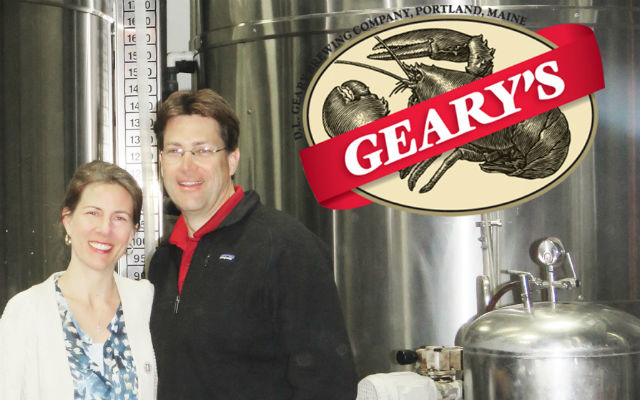
Bringing a process mindset from a quality standpoint and wanting to be reliable, consistent and creative in the product is what is on Alan LaPoint’s mind right now as he has taken over the veteran D.L. Geary Brewing Company this year.
“There are a lot people out there that think they can make money at it,” said LaPoint, who is president and owner of The Strainrite Companies, a industrial filtration system manufacturer based in Maine. “But when you break it down, it’s a business and a process to make something.
“Now the creativity and innovation happens in new product development. When it moves into the manufacturing process that’s where our expertise is. We bring a unique aspect for the brewery in that you need the discipline for making consistent and reliable product with good quality control. We aren’t going to stifle the creativity a brewery needs to be relevant either.”
The 31-year-old brewery had sunk to less than half of its one-time 20,000-plus barrel output per year in New England from its Portland, Maine brewhouse. LaPoint indicated that the brewery was days away from closing when he and his wife Robin decided to purchase the company and try to set the brewery back in the right direction, focusing on new styles for the brand along with keeping the Geary’s Pale Ale alive.
“At this point we want to see growth,” LaPoint said. “But we want it to be fun and enjoyable and make high quality products. We are in it for the long haul as our retirement and we like giving back to the public, but we enjoy doing it as well.
“The rich history of Geary shouldn’t go away and it almost did. We have to find our niche and market it well. I don’t know what the actual success will be, but we don’t have a target. If we give back to the local community and consider the environment, then we are doing well.”
The innovation side is already churning LaPoint said as he invested quickly into new fermentors and a pilot system to start working on American IPAs and Lagers.
Geary’s Pale Ale is noted for its longevity, but the style of an English Pale Ale isn’t a strong market anymore and LaPoint said that along with wanting to attract a younger demographic is vital to the company’s growth. The new styles will be released in cans with new packaging while Geary’s Pale Ale will stay in bottles with the familiar branding of a lobster claw and the large G to hearken back to the beer’s most popular run in the 90s.
“It’s a high quality product, but the consumers of the product we make has dropped,” LaPoint said. “The current structure is not conducive because of the process and yeast we use.”
When asked why former owner and founder David L. Geary and daughter Kelly Lucas didn’t work on innovation, LaPoint said the financial resources to do so just wasn’t there.
Fortunately the way the plant is structured there are three rooms for production, he noted and two 60-barrel closed fermenters have been added while the English style Ales with open fermentation tanks will be in another room.
“My father’s — and our family’s — legacy is inextricably linked to this brand and the beer that shares our name,” Lucas said, who is the company’s Director of Operations. “To keep Geary’s in production, we needed to find someone to take over the company who shared our love of beer, our love of Maine, and our family-first mentality, and our deep abiding respect for our family of employees. We found all of these things and more in Alan Lapoint.”
This isn’t a new connection between the two. LaPoint’s company serviced filtration systems for Geary’s for the last 18 months, which led to the discussion that eventually led to LaPoint buying the company. Paperwork is still being sorted out, but as of now LaPoint is the Managing Director with control of all operations and financial decisions. He is also using personnel from Strainrite to help in various business roles.
“We saw a strong base, great people and product and good processes, but we can bring resources, like our CFO, head of operations and safety committee along with HR,” LaPoint said. “The brewery has the support from a larger organization while not having the financial burden.”
LaPoint said he will focus on the business end while letting the brew team open up its mind and be creative while using local restaurant and bar owners to help with market testing.
“I think some craft breweries want to think they are different than most businesses, but in reality you can link it to the same to a pharmaceutical company, manufacturing company. you have to be artistic in your design and packaging and creative and you need to be leading edge and realize it will be competitive,” LaPoint said. “That brings out the best of people. The ones that understand that are the one that will survive. Be creative but be consistent.”


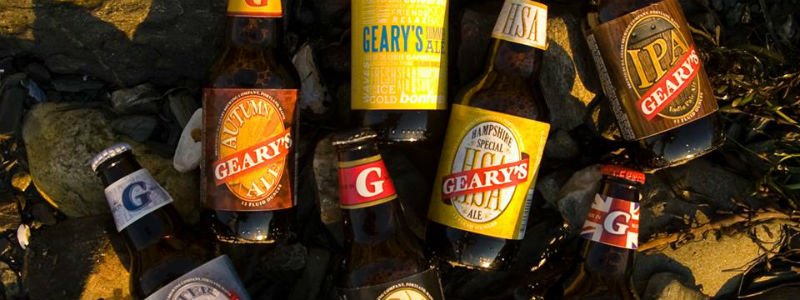

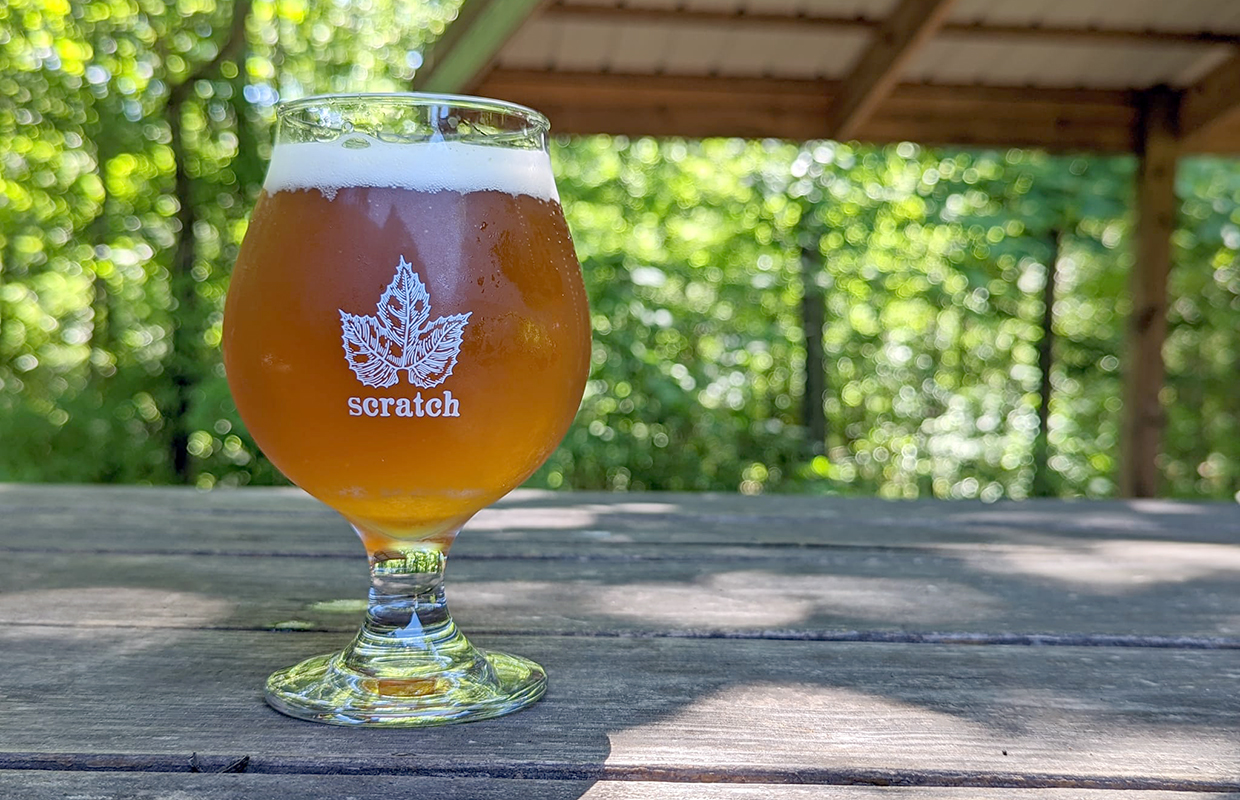
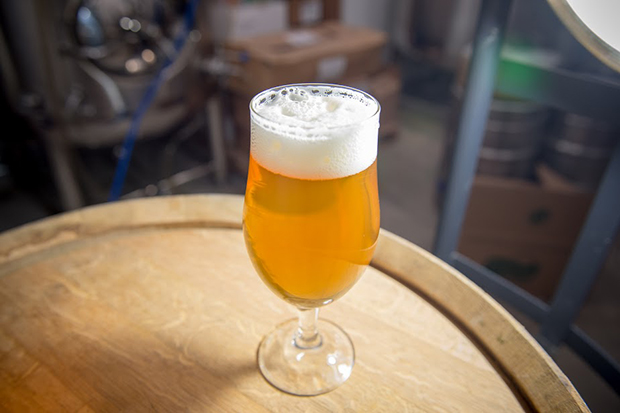
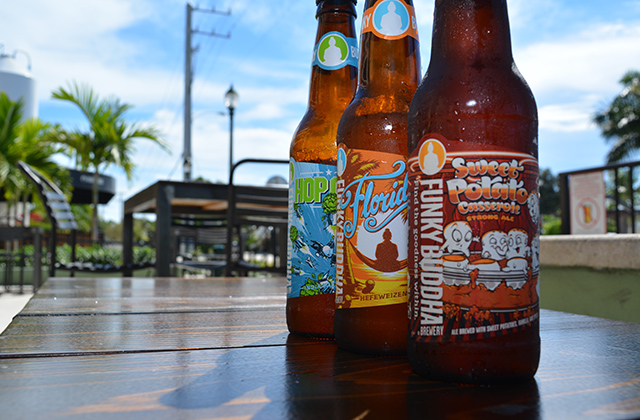
Be the first to comment